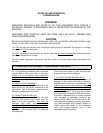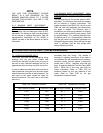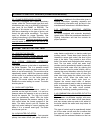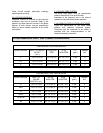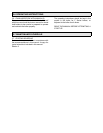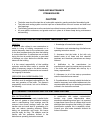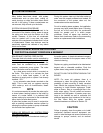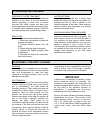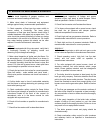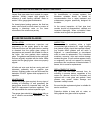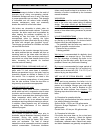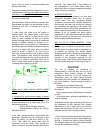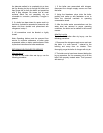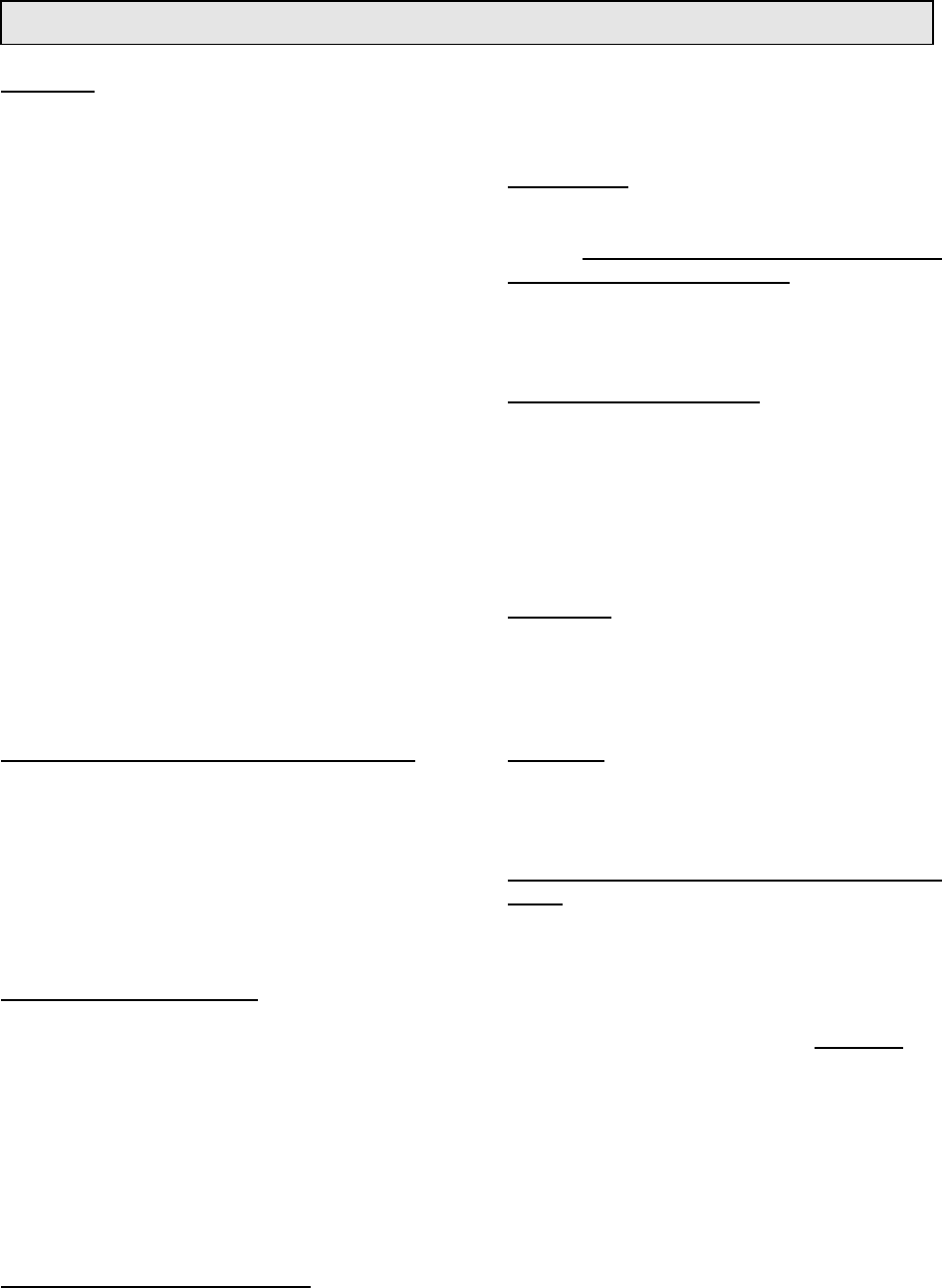
4.0 IDLE BOILER CARE AND LAY-UP
GENERAL
Corrosion damage to boilers is often the result of
improper lay-up during non-operating periods.
Substantial damage can occur in only a few days
in proper precautions are not taken. This damage
is irreversible and will reduce boiler reliability,
increase maintenance costs and eventually
shorten the useful life of the boiler tubes.
Idle boilers are vulnerable to attack when air
contacts untreated wet metal surfaces. To prevent
corrosion, the boiler metal must be protected by
either keeping the surfaces completely dry or
excluding air from the boiler. Air exclusion is
accomplished either by keeping the boiler
completely full of water (short term lay-up) or filling
the boiler with nitrogen gas (long-term lay-up).
The nitrogen gas prevents air infiltration and does
not react with the metal.
In addition to the corrosion damage that occurs,
the metal particles that are released will form an
insulating scale on the tubes when the boiler is
returned to service. These corrosion products will
accumulate on critical heat transfer areas of the
boiler, increasing the potential for localized
corrosion and over heating.
PRE-OPERATIONAL CLEANING AND LAY-UP
Proper lay-up techniques must be used on an idle
boiler even if it has never been in operation.
Before pre-operational lay-up, the boiler must be
chemically cleaned as outlined in Section 3.2 of
this manual. This is required, as noted in this
section, to remove preservatives, oil and grease
from the tube surfaces. Follow the short term or
long term lay-up procedure as appropriate.
TAKING BOILERS OFF LINE
In operation, boiler water contains suspended
solids which are held in suspension due to water
circulation and the action of treatment chemicals.
Unless care is exercised when draining the boiler,
these suspended solids settle on the tube
surfaces and will air dry to an adherent deposit,
sometimes requiring chemical cleaning to remove.
In addition, these deposits may be misleading
regarding the effectiveness of the chemical
treatment program.
PRE-SHUTDOWN PRECAUTIONS
For a period of three to seven days prior to
shutdown, manual blowdown frequency should be
increased. During this period, the lower
conductivity limit should be below 3500 micro-
mohs per centimeter. The feed of internal
treatment must be increased to maintain a specific
residual concentration. Continuous blowdown
(when used) should be kept to a minimum so the
reduction of solids is achieved by the increased
manual blowdown.
WASHDOWN
As the boiler cannot be washed immediately, the
heat in the boiler may cause baking of residual
sludge. The boiler should not be drained until
cooled enough to prevent this. However, never
leave the boiler filled with water for any extended
period of time without taking measures to prevent
corrosion.
LAY-UP CONSIDERATIONS
There are two basic methods of steam boiler lay-
up: Wet lay up or Dry lay-up. The choice of which
method should be used depends on:
The possibility that the boiler may need to be
placed in operation on short notice.
Disposal of lay-up solutions
Freezing potential
Wet Lay-up
is recommended for relatively short
outages, such as seasonal lay-up. This method
has the advantage of allowing the boiler to be
brought on line with short notice. But it can pose
problems if there is any likelihood of freezing.
Dry Lay-up
is recommended for longer periods of
boiler shut-down or storage. But it is practical only
if boiler can be drained hot (120F to 170F) or if
external drying can be provided.
WET LAY-UP OF STEAM BOILERS - SHORT
TERM
In the wet lay-up procedure, the boiler is to be
filled with chemically treated water and sealed to
prevent air in-leakage. Nitrogen gas under slight
pressure can also be used to displace air and
protect the boiler surfaces from corrosion. The
following steps should be taken for wet lay-up
of a
boiler:
1a. Procedure for operational boiler:
At least thirty minutes before the boiler comes off
line, add the following chemicals:
Sodium Sulfite - 0.5 lbs. per 100 gallons water
Polymeric Sludge Dispersant - 0.1 lbs. per 100
gallons water
Caustic Soda - 0.3 lbs. per 100 gallons water
1b. Procedure for idle boiler:
If the boiler has never been on line or has been
out of service for cleaning - Select the highest
quality water available to fill the boiler. Steam
condensate, softened water, filtered fresh water,
and boiler feedwater are generally acceptable for



